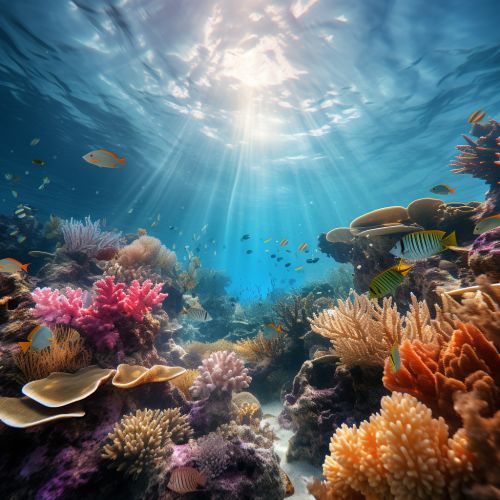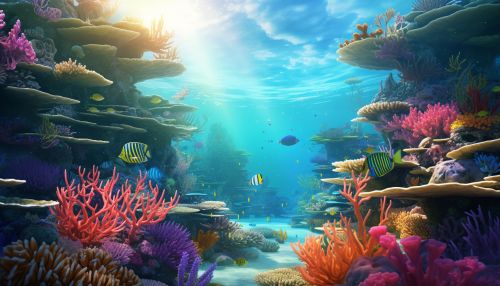Marine protected area
Definition and Overview
A Marine Protected Area (MPA) is a region of the ocean where human activities are more strictly regulated than the surrounding waters - similar to parks we have on land. These places are given special protections for natural or historic marine resources by local, state, federal, tribal, or international authorities.


Purpose and Importance
Marine Protected Areas are established for the purpose of conserving and managing species and habitats that are threatened by human activities. They are designed to safeguard marine biodiversity and ecosystem services, and to provide a refuge for species that are over-exploited outside of these areas. MPAs also serve as a tool for fisheries management, as they can help replenish fish stocks and promote the recovery of overfished populations.
Types of Marine Protected Areas
There are several types of MPAs, each offering a different level of protection and allowing for different types of activities. These include:
- No-take zones: Also known as marine reserves, these areas are the most strictly protected MPAs. All extractive activities, such as fishing and mining, are prohibited.
- Multiple-use MPAs: These areas allow for certain activities to take place, but still offer a high level of protection for marine biodiversity.
- Marine Managed Areas (MMAs): These areas focus on the sustainable use of marine resources, rather than their protection. They allow for a wider range of activities, but these are managed to ensure they do not harm the ecosystem.
- Marine Sanctuaries and Marine National Monuments: These areas are designated to protect areas of special national significance due to their conservation, recreational, ecological, historical, cultural, archeological, scientific, educational, or aesthetic qualities.
Designation and Management
Marine Protected Areas can be established by a variety of entities, including national governments, regional assemblies, and international organizations. The International Union for Conservation of Nature (IUCN) provides guidelines for the designation and management of MPAs, but the actual implementation of these guidelines can vary widely between different countries and regions.
The management of MPAs involves a range of activities, including monitoring and enforcement, research and education, and stakeholder engagement. The effectiveness of an MPA in achieving its conservation objectives largely depends on the quality of its management.
Challenges and Controversies
Despite the clear benefits of MPAs, their establishment and management can be controversial. Some of the main challenges include:
- Enforcement: Ensuring compliance with regulations in MPAs can be difficult, particularly in areas with limited resources or in international waters.
- Equity: There can be conflicts between the need to protect marine resources and the rights of local communities who depend on these resources for their livelihoods.
- Effectiveness: There is ongoing debate about the effectiveness of MPAs in conserving marine biodiversity, with some studies suggesting that they are not always successful in achieving their conservation objectives.
- Funding: Adequate funding is crucial for the effective management of MPAs, but many protected areas are underfunded.
Future Directions
The future of Marine Protected Areas depends on addressing these challenges and ensuring that they are effectively managed and adequately funded. There is also a need for more research to understand the impacts of MPAs on marine ecosystems and to develop strategies for improving their effectiveness.
